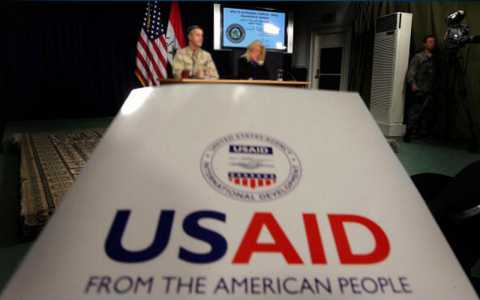
Obama and Cuban Twitter
“Incendiary.” “Tragicomedy.” “Dumb.” These are some of the blunt reactions to news that between 2009 and 2012, USAID funded front companies in Costa Rica and Spain to promote a social media communications app offered free of charge to Cuban cellphone users. At its peak, some 68,000 Cubans used the Twitter-type “Zunzuneo,” thus potentially, the developers hoped, giving the United States the platform to induce anti-government flash-mobs, identify potential opposition leaders, and broaden pools of dissent. All of this while concealing Washington’s hand from Cuban users.
A brief history: Under George W. Bush, and with millions of dollars and much political support from the US Congress, USAID, the State Department, and other government agencies developed a new iteration of the old destabilization policies, penetrating the regime’s information blockade by promoting access to new technologies — devices and social media — for the Cuban people. Bush and his people made no effort to conceal their intent — they spoke honestly about regime change, seldom bothering to frame their objectives more delicately.
The Obama administration continued and elaborated on these programs, only with the more liberal lexicon of “promoting democracy” or “strengthening civil society.” (These concepts should be unobjectionable, but when they become euphemisms for regime change, they lose their idealistic content.) Indeed, Secretary of State Hilary Clinton made expanding “Internet freedom” a cornerstone of her strategy to advance democracy in authoritarian climates. Especially in the context of the “Arab Spring,” the digital denizens who had arrived in the White House and the State Department, often from successful stints on the social media side of the Obama 2008 presidential campaign, presumably injected a certain youthful fizz of innovation and hope among the bureaucratic stewards of Washington’s 50-year Cuba failure.
There are many ironies here. Quasi-covert schemes like “Zunzuneo,” which by design conceal the U.S. government’s patronage not only from Cuban users and the Cuban government, but also from public scrutiny in Washington, are allegedly intended to promote a climate of free expression and transparency in their target countries. Here’s another: The intent of economic sanctions against Cuba, which President Obama has strengthened particularly in the international financial and banking sector, is to deprive the Cuban regime of revenue. Yet Zununeo’s success relied upon Cuban mobile services provided by Cuba’s telephone company, a state-owned enterprise. To keep that channel open, one of the front companies USAID created found a way to make hard currency payments — yes — revenue the sanctions are supposed to prevent — via a third-country bank, directly into Cuban coffers.
Hearings this week in Congress will ask administration officials to explain some of these, um, contradictions. Here are my questions: Who is running the Obama administration’s Cuba policy and how do these programs overcome what President Obama, Vice President Biden and Secretary Kerry have each now acknowledged to be a 50-year failure?
Julia E. Sweig is the Nelson and David Rockefeller Senior Fellow for Latin America Studies and Director for Latin America Studies
(From Council on Foreign Relations)

